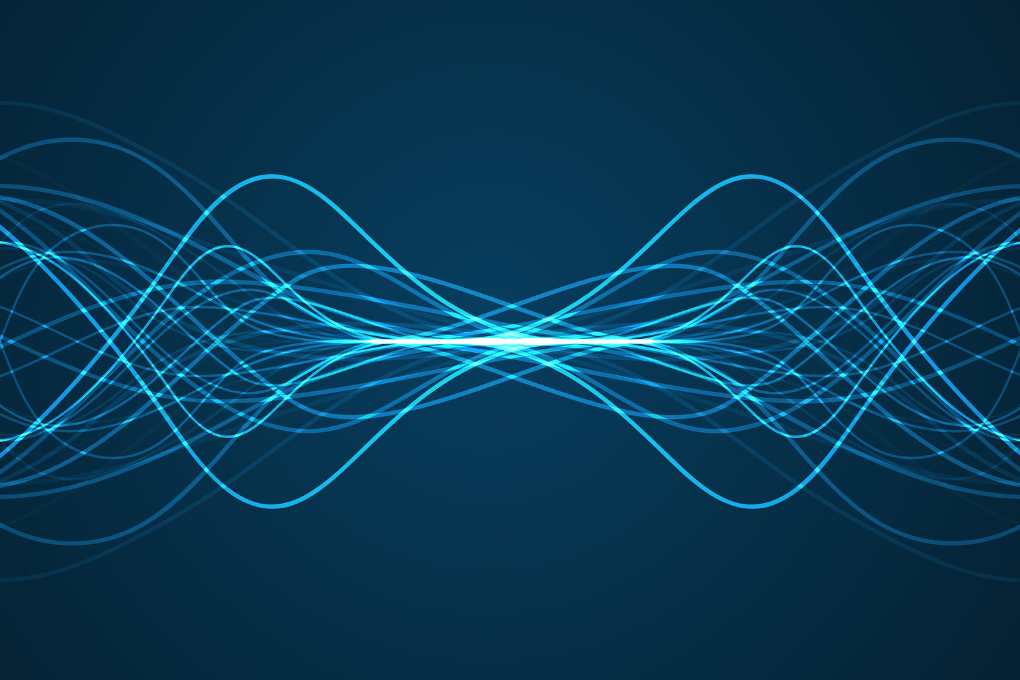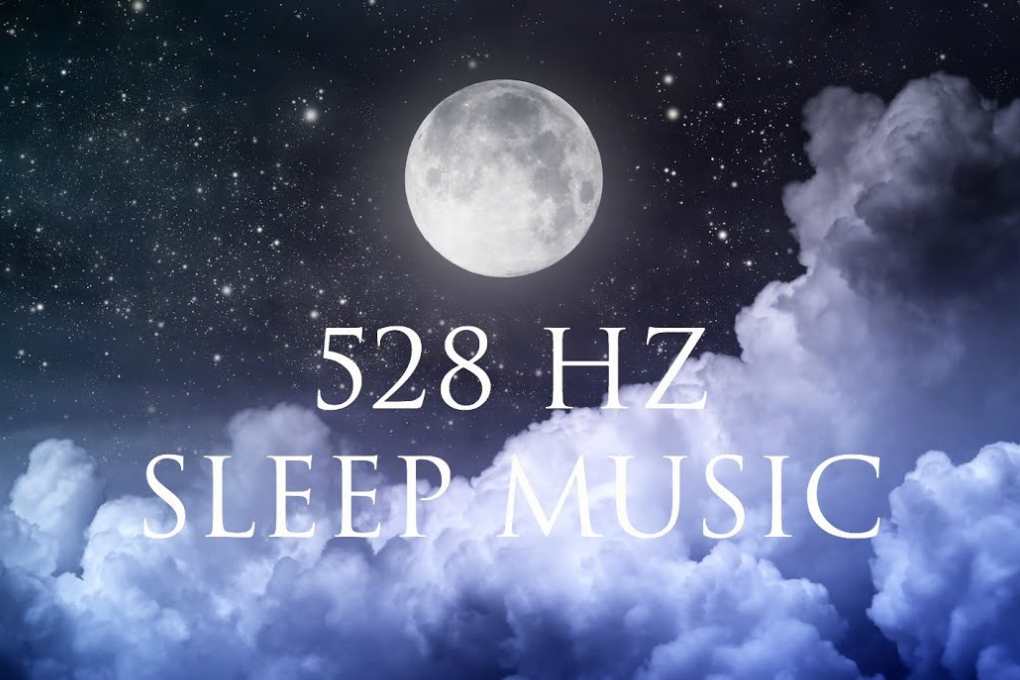Music therapy and sound healing both recognize the significance of 528 Hz as an important frequency; often referred to as the “Love Frequency” or the “Miracle Tone,” 528 Hz music has long been thought of as having profound impacts on human minds and bodies; one of its claimed benefits being its potential ability to improve sleep quality. This article delves deeper into its science as well as exploring its possible benefits on sleeping quality.
Understanding 528Hz Frequency
The frequency 528 Hz is one of six core frequencies used in the ancient Solfeggio scale, an ancient series of tones used in sacred music and chants, believed to have specific healing properties and associated with DNA repair and positive transformations; specifically, this frequency is considered “Love Frequency,” said to resonate at the center of all living beings to bring feelings of love, peace, and harmony into existence.
Understanding Sound and Frequency Spectrums
Sound energy can have a powerful effect on our bodies. Frequencies measured in hertz (Hz) indicate how often sound vibrations occur per second. Different frequencies can influence different areas of our lives differently: low-frequency sounds may promote relaxation and ease stress levels while higher frequencies stimulate our brain and improve alertness.

Human brains operate at various frequencies throughout their day. When sleeping deep and soundly, most of its functions occur within the delta wave range (0.5-4Hz), while during REM sleep this shifts to theta waves (4-8Hz). When awake and alert, most brain activity takes place within the beta wave range (13-30Hz) while relaxed states might shift into alpha waves (8-13Hz).
How 528 Hertz Music Influences Sleep
1. Promotes Relaxation and Reduces Stress: 528 Hz music can have an immense effect on sleep by helping promote relaxation and decreasing cortisol levels, the stress hormone. Lower cortisol levels are critical to reaching a state of relaxation which leads to falling asleep quickly and maintaining restful slumber throughout the night.
2. Increase Melatonin Production: Melatonin, produced by the pineal gland and used to regulate sleep-wake cycles, can be stimulated by exposure to certain frequencies; research suggests listening to 528Hz music before bedtime may increase production and thus enhance the quality and duration of restful slumber.
3. Stabilize the Nervous System: The autonomic nervous system, which regulates involuntary bodily functions like heart rate and digestion, plays a major role in sleep regulation. The parasympathetic nervous system, a sub-set of the autonomic nervous system, promotes relaxation and prepares the body for restful slumber. Studies have demonstrated that listening to music at 528 Hz can activate this segment and induce a calmer state ideal for restful slumber.
4. Synchronizing Brainwaves: Brainwave entrainment refers to a phenomenon wherein electrical activity in the brain syncs up with external stimuli like sound. Listening to 528 Hz music can synchronize natural frequencies in your body with its frequencies and lead to relaxation and sleepiness more smoothly; helping transition your brain from wakefulness to restful state more gradually.
Scientific Studies on 528 Hertz Music and Sleep are underway
Research specifically on 528 Hz music is still in its infancy; however, several studies have examined the broader effects of sound frequencies on sleep. One such study published in “Frontiers in Neurology” discovered that listening to soothing music before bed improved sleep quality among chronic insomniacs; another report from “The Journal of Advanced Nursing” stated that listening to soothing music significantly enhanced the quality of sleep for older adults.

Anecdotal evidence and preliminary studies surrounding 528 Hz appear promising; many individuals report experiencing deeper and more restful sleep when including 528 Hz music in their nightly routines. Researchers are also beginning to investigate its possible DNA repair properties that could have profound ramifications for overall health and well-being, including sleep quality.
Practical Tips for Utilizing 528 Hertz Music to Facilitate Sleep
1. Establish a Bedtime Routine: Implement 528 Hz music into your nightly routine to help ease into relaxation and prepare for restful sleep. By playing this frequency 30 to 1 hour before bed, 528 Hz signals to your body that it’s time to wind down and prepare for restful slumber.
2. Make Use of High-Quality Audio Sources: Assuring the quality of 528 Hz music you listen to is of high priority, as poor audio quality may mitigate its potential benefits. Seek recordings specifically tuned to 528 Hz from reliable sources.
3. Integrate Relaxation Techniques into the Mix: Enhance the effects of 528 Hz music by pairing it with other relaxation techniques, such as deep breathing exercises, meditation, or taking a warm bath. This holistic approach can increase its soothing properties and help improve overall sleep quality.
4. Consistent Practice: Persistence Consistency is key when it comes to sleeping aids; regularly listening to 528 Hz music can help your body and mind associate this frequency with relaxation and sleep, ultimately increasing its efficacy over time.
Conclusion
The science of 528 Hz music and its effect on sleep is an intriguing and developing field. Although more research needs to be conducted to fully comprehend its effects, existing evidence shows its great promise as an aid for improving quality sleep. By relaxing muscles, reducing stress, increasing melatonin production, and synchronizing brainwaves 528 Hz music offers an all-natural and harmonic way of improving quality rest – something anyone could benefit from including 528 Hz into their nightly routine for improved rest and overall well-being.

